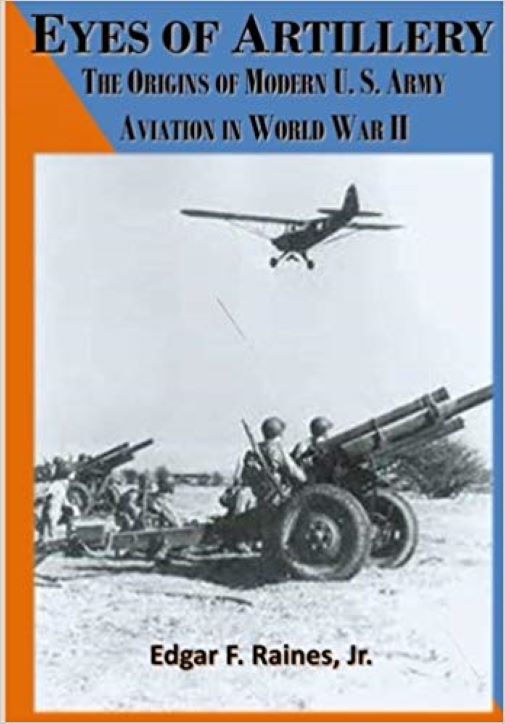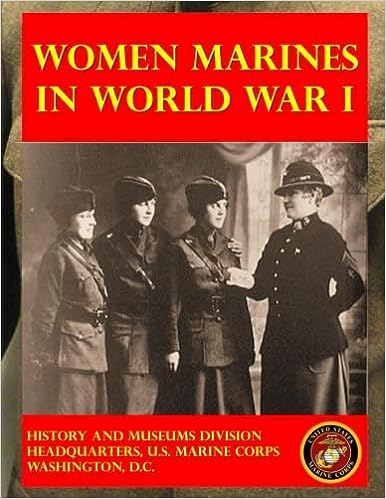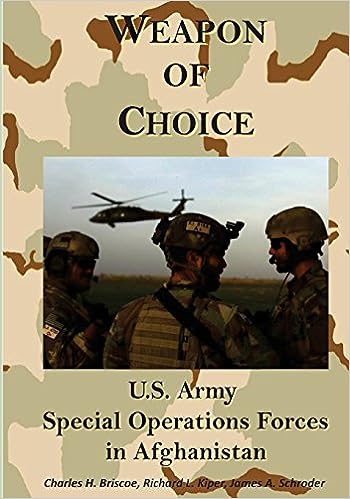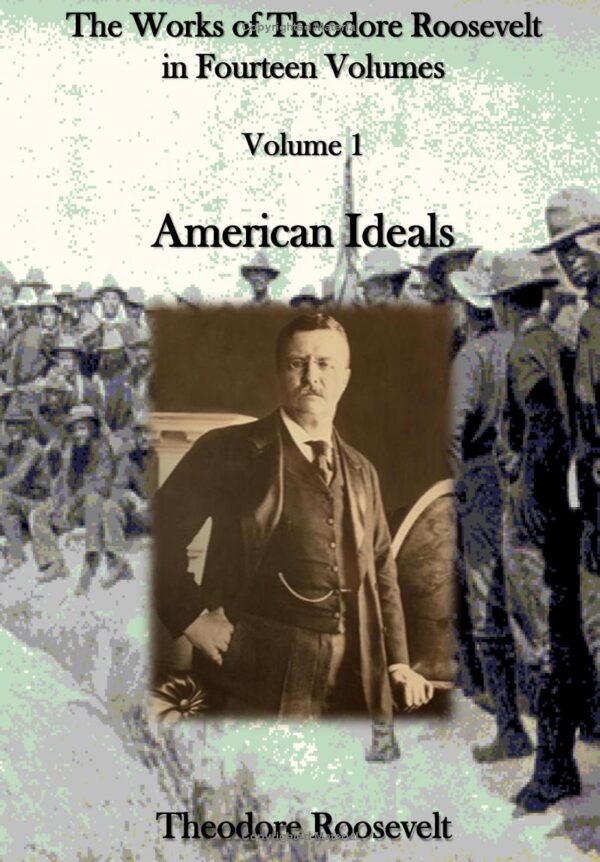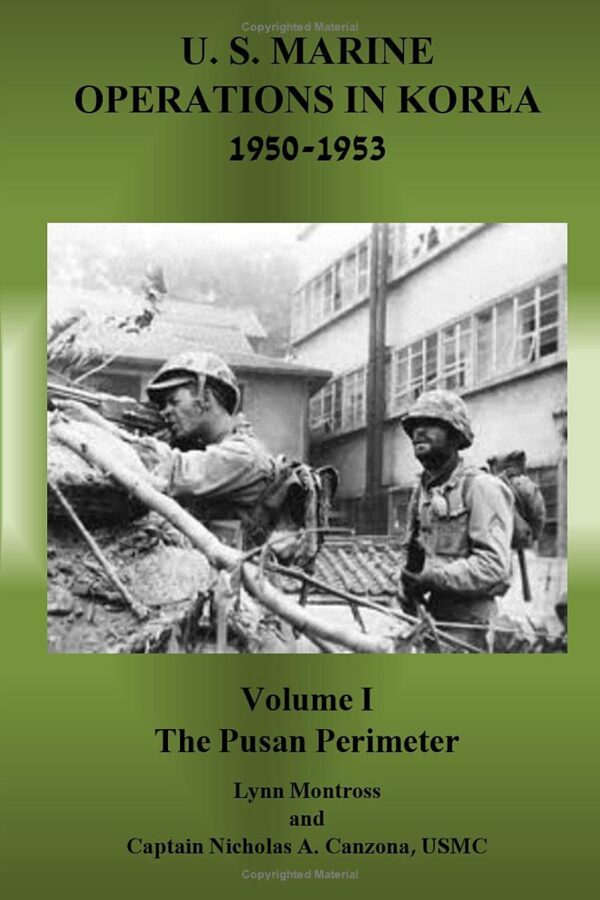Eyes of Artillery: The Origins of Modern U.S. Army Aviation in World War II (Army Historical Series)
On 24 February 1991, some two hundred helicopters, UH-60 Blackhawks, AH-64 Apaches, CH-47 Chinooks, 0H- 8 Kiowas, and a few UH- I Hueys, carried the 1st Brigade, 101lst Airborne Division, ninety-five miles into Iraqi territory- the longest air assault heretofore attempted. It was a striking display of operational mobility during the short, sharp ground combat portion of the Gulf War and an indication of why some military analysts, most notably Richard E. Simpkin, used the phrase “rotary-wing revolution” to describe warfare in the late twentieth century. The helicopters that made possible the 1st Brigade’s assault into Forward Operating Base Cobra were operated and supported by members of the U.S. Army. The Department of the Anny had organized the Aviation branch in 1983, but the origins of Army Aviation go back much earlier to World War II. This monograph discusses the institutional beginnings of Anny Aviation in the Field Artillery’s Air-Observation Post Program of World War II. It seeks to explain why the Army turned to organic aviation as a solution to the doctrinal and tactical problems it faced in 1942 and how it implemented this change. [n essence, this study argues that transformations in the art of war created the necessity for reform, which new technologies provided the means that previously had not existed. The “how” is also important. A loose coalition of senior officer mentors and mid-level and junior officer reformers maneuvered to organize a test of the organic aviation concept, demonstrate its efficacy for the Field Artillery, set up a training program, use light aircraft effectively in combat, and expand the program to the other combat arms. In the process the center of innovation shifted from the Office of the Chief of Field Artillery in the War Department to Headquarters, Army Ground Forces, to the Department of Air Training at the Field Artillery School, to the air sections in field artillery battalions overseas, and back again to the War Department. Depending on the issue and the circumstances, senior officers, mid-level officers, junior officers, or some combination of the above were most important at any particular time. . . . (An excerpt from the author’s Preface)
394 pages

